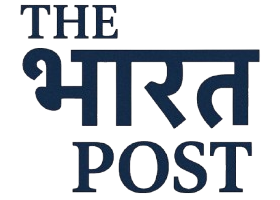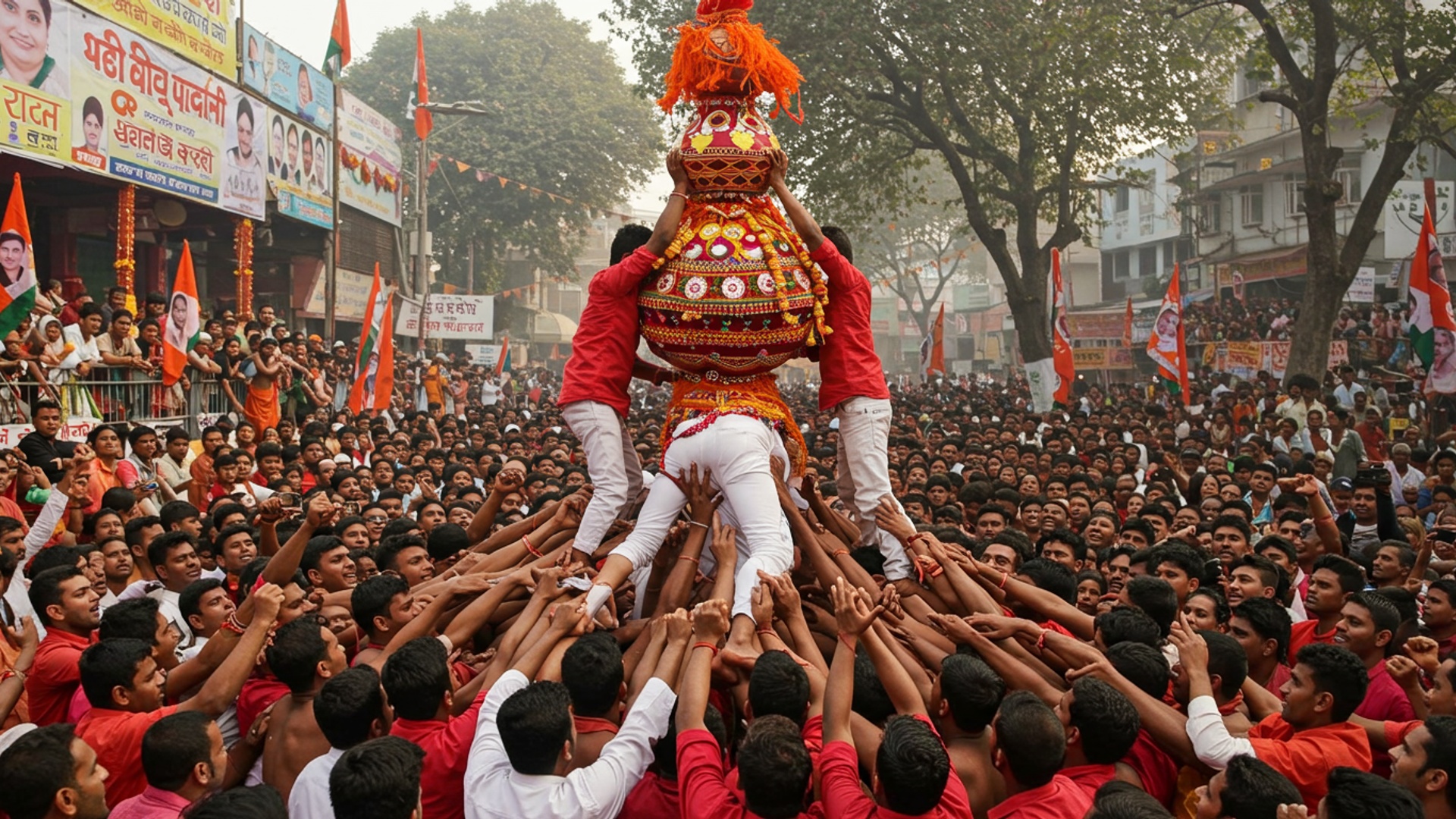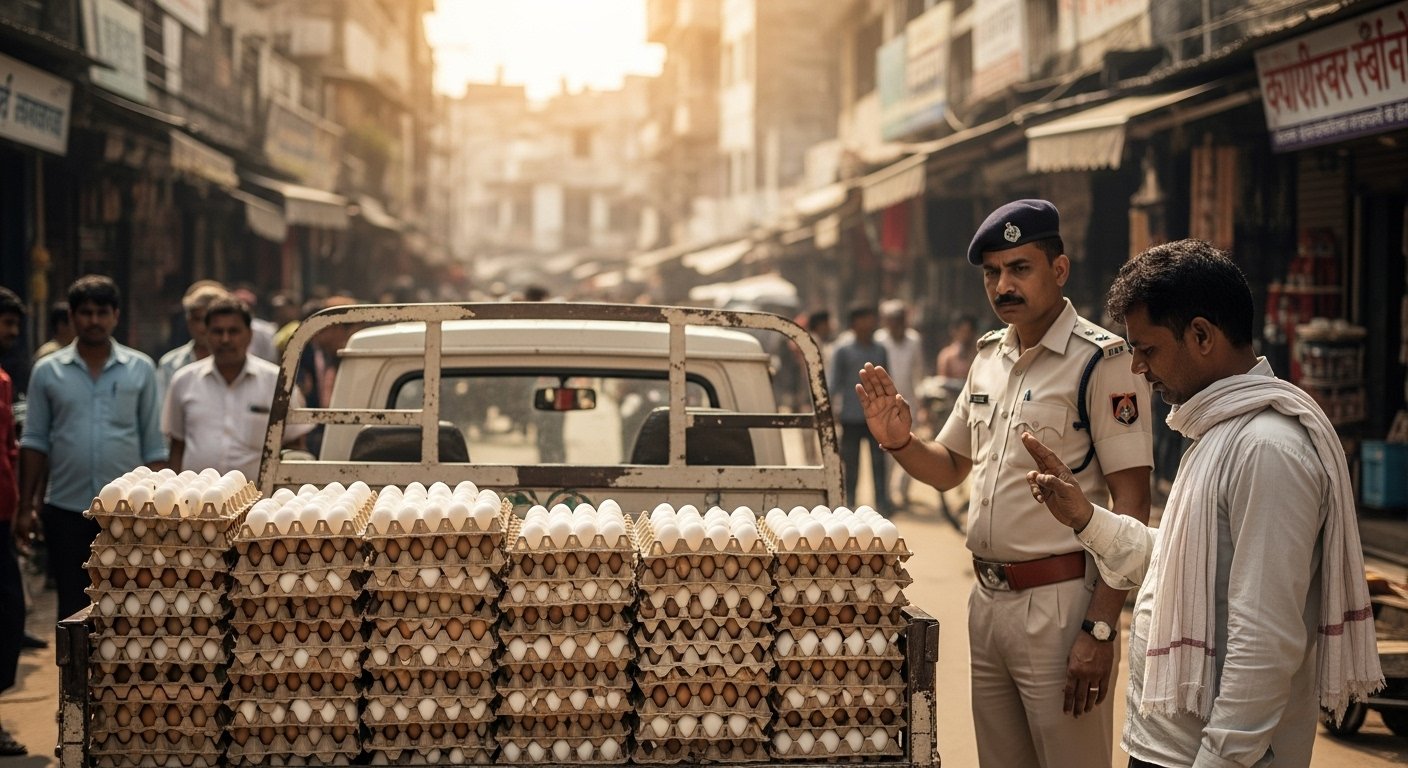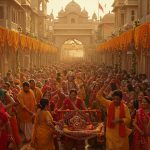The yearly Dahi Handi celebrations in Mumbai are now a big fight among political groups, not just a religious party. As vital city elections get close, these popular events, where people make human pyramids, have become a clear way for political parties to get public support and show how strong they are. What used to be a fun cultural show now sees leaders trying hard to get more power, making the streets a tense place for election talk. This makes people wonder about the real meaning of the festival.
The Spirit of Dahi Handi
Dahi Handi is a vibrant festival celebrated with great joy, especially in the state of Maharashtra, India. It is part of the Janmashtami celebrations, marking the birth of Lord Krishna. The festival recreates the playful acts of young Krishna, who, as stories tell, used to steal butter and curd from pots hung high in neighborhood homes.
During Dahi Handi, groups of young people, known as ‘Govindas’, form human pyramids to reach and break an earthen pot, or ‘handi’, filled with curd, butter. sometimes money, suspended high above the ground. This act needs teamwork, strength. balance. The festival is a public event, drawing large crowds who cheer on the Govinda teams.
Political Hand in Festivities
Over the years, Dahi Handi has moved beyond just a religious and cultural event. Political parties have steadily increased their involvement, seeing it as a key way to connect with a large number of people. This has become more noticeable in the time leading up to local elections.
Many political leaders and parties now organize these celebrations themselves. They use the festive mood to reach out to voters and show their presence in different areas. This involvement by political groups has changed the festival, making it more about competition and public display, alongside its traditional meaning.
Rising Stakes and Big Prizes
The scale of Dahi Handi events has grown, largely due to political support and money. Political parties offer large prize money to Govinda teams that successfully break the handi. These prizes can range from lakhs of rupees, making the competition very tough. For example, some events have announced prizes as high as ₹25 lakh for a record-breaking pyramid.
This increase in prize money draws more teams and adds a commercial side to the festival. It has also led to a focus on making higher pyramids, pushing Govinda teams to try for more layers to win the big rewards.
Safety Concerns Amidst Competition
With the drive for higher pyramids and bigger prizes, safety has become a major concern. Building tall human pyramids carries risks of falls and injuries. There have been many cases of Govindas getting hurt. sometimes even severe injuries or deaths.
To deal with these risks, courts and authorities have put in place rules. These rules include age limits for participants, like not allowing children below 12 years of age. sometimes setting height limits for pyramids. Organizers are also asked to provide safety equipment like helmets and safety mats, ensure medical aid is ready. make sure participants are sober.
But, despite these rules, some argue that the focus on competition and big prizes from political parties sometimes leads to rules being ignored. For instance, the Bombay High Court has previously issued rulings on age and height, which have sometimes been challenged or not fully followed.
Parties Use Events for Outreach
Political parties actively use Dahi Handi events as a way to connect with people. They organize large gatherings, sometimes with film stars and singers, to attract bigger crowds. Leaders use these platforms to deliver political messages and promote their party’s agenda. This is a direct way for them to show their strength and popularity.
For instance, ruling parties and opposition groups alike hold Dahi Handi events across cities, with their top leaders visiting many spots. This helps them gain public support ahead of elections by showing they are part of the local culture and traditions.
Maharashtra’s Deputy Chief Minister, Devendra Fadnavis, at a Dahi Handi event in Worli, stated, “Change is imminent in the municipal corporation. We have broken the ‘handi’ (pot) of sins of those who looted the civic body and started the ‘handi’ of development.”
This shows how political speeches are directly woven into the festival.
Public Views and Concerns
While many enjoy the grand Dahi Handi celebrations, there are mixed feelings among the public and social groups. Some see the political involvement as a way to keep the tradition alive and make the festival bigger. Others worry that the festival’s true religious and cultural meaning is lost due to the focus on political show-off and money.
There is also concern that the increased competition and high stakes put young Govindas at greater risk, turning a joyful event into a dangerous one. Some groups argue that the safety rules are not always taken seriously enough by organizers who are aiming for records or political points.
Citizens often discuss whether politicians are truly supporting the culture or just using the festival for their own election goals.
What Lies Ahead for Civic Polls
The timing of these grand Dahi Handi celebrations is crucial because civic body elections are expected to happen soon. For political parties, these festivals are a key moment to connect with voters, especially the Marathi community. Winning these local body elections, like the Brihanmumbai Municipal Corporation (BMC), is a very essential goal for major parties.
The Dahi Handi events become unofficial starts to election campaigns, allowing leaders to test their popularity and get their message out to a large audience. The intense competition among political groups to host the biggest and best Dahi Handi is a clear sign of the upcoming political fight. It highlights how cultural events in India can become stages for political battles, especially as elections draw near.
![]()












